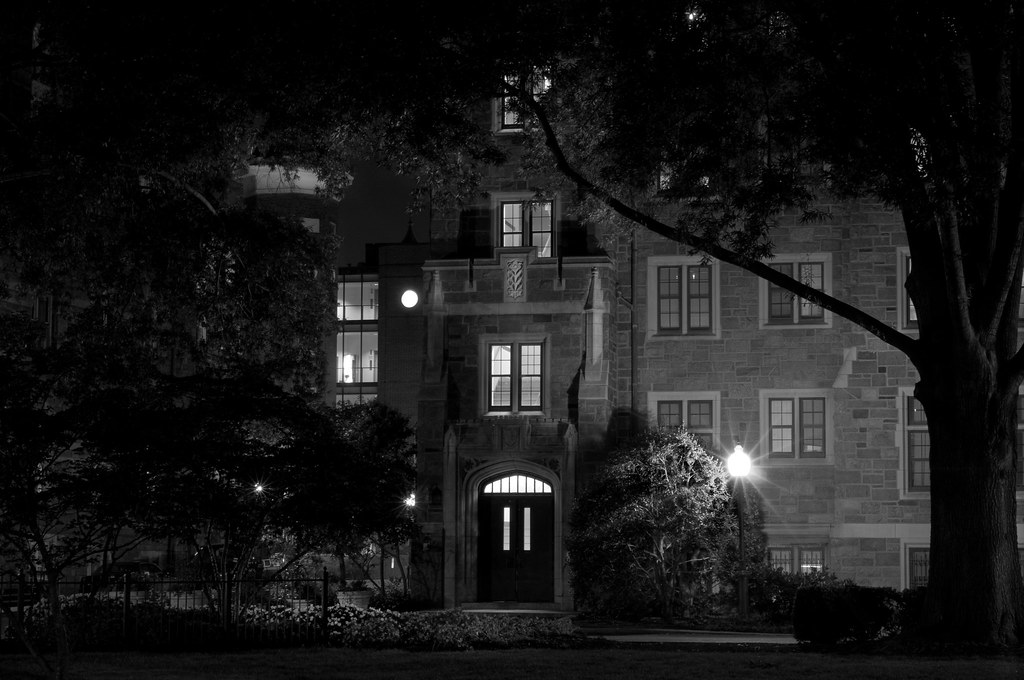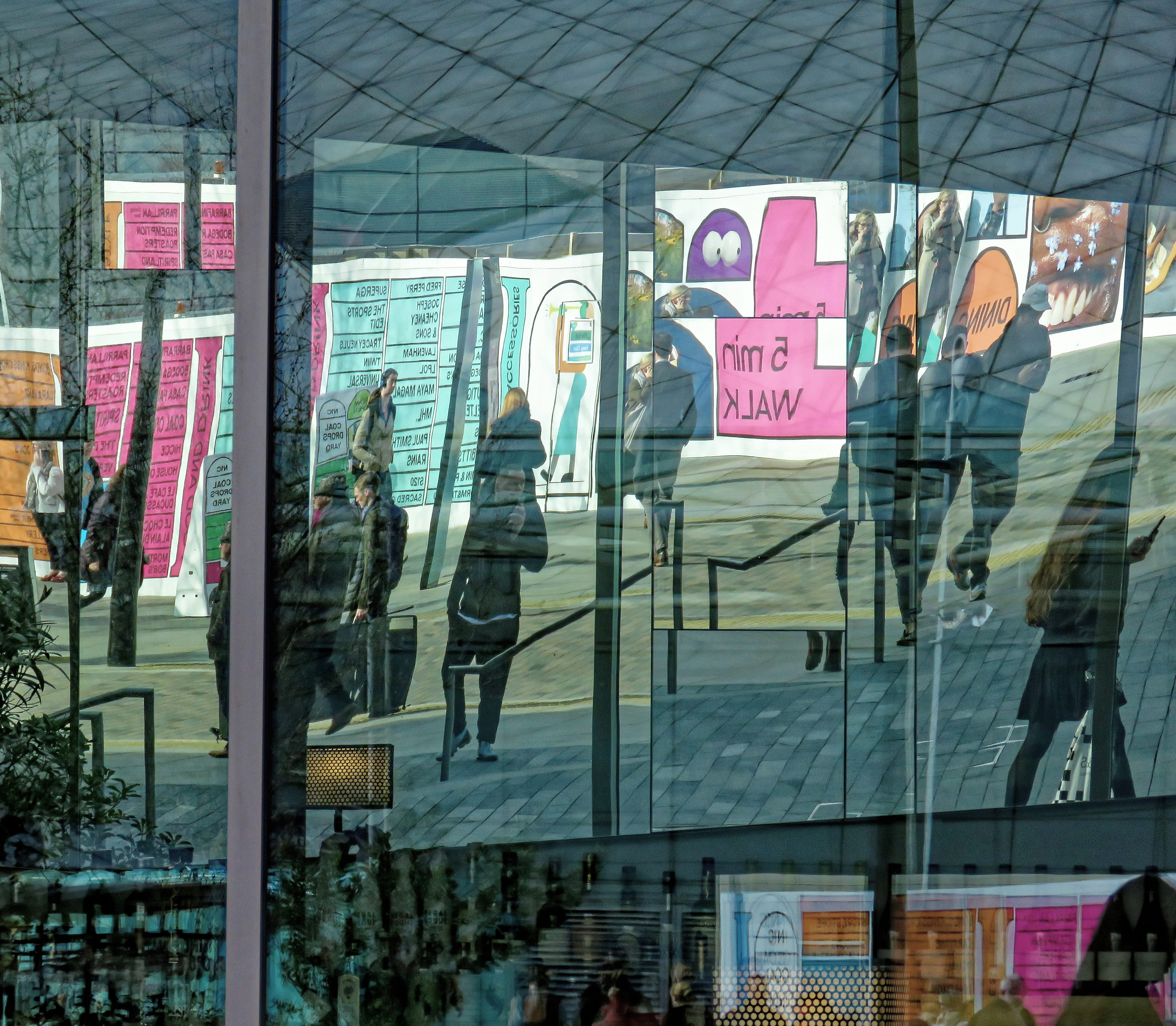Henry Jones is an excellent journalist. He employs a multilingual range of primary sources; crosschecked, verified and beefed up with expert secondary sources and an informed community.
He does this all via Twitter, often from his dorm room at Exeter University. He’s 19 years old, marshalling open source intelligence (OSINT) to provide cutting-edge conflict coverage.
OSINT – the gathering of info from publicly accessible sources – is an increasingly influential phenomenon. It has been used to assign responsibility for mass murder, track government officials, and identify environmental damage.
OSINT is not a wholly novel phenomenon. Operation Neptune Spear, the raid that killed Osama Bin Laden, was live tweeted by a bored tech worker. Things have changed, however. Social media has since matured from cat photo repository to the international public utility it is today. This has supercharged OSINT possibilities, bringing together experts across continents and offering reams of on-the-ground perspectives to examine.
Generally, OSINT is a better research than journalistic tool. This can be seen particularly strongly with Bellingcat, a website famous (or, if you’re the Kremlin, infamous) for painstaking investigations. They pore over satellite photography, social media pages, and government releases to unearth the truth behind important issues. Their greatest coup came in a conclusive identification of the culprits of the MH17 shootdown. However, these investigations, while relevant to the headlines, rarely break them. However, there is a strong application of OSINT to journalism – and this is something Henry Jones clearly demonstrates.
In moments of international tension, Jones acts as a mediator and stovepipe for online information. He maintains rolling Twitter threads with live updates from hotspots, picking out the most pertinent and accurate information from the bow-wave of social media posts that accompany any crisis.
The best example of this so far has been his coverage of February’s Balakot airstrike, where India bombed an alleged Pakistani terrorist training camp. Mainstream media reported this and issued a generalised advisory that both nations were mobilising. Jones, on the other hand, maintained a regular stream of compiled primary sources charting troop movements along the Line of Control, emergency recall orders at Indian hospitals, and Pakistani combat air patrols over Islamabad.
This technique digs into the ground truth of crisis situations. By scrutinising the social media feeds of tens of thousands, Jones (and other people like him) can gain deep personal insight at industrial volume over large areas
A little bird told me (that the PMF downed a UAV)
If Jones and his technique ended there, it would be interesting but fundamentally unremarkable – a less refined and more fragmented version of how usual journalists’ function. What makes it more than that is the prominent use of Twitter.
It is direct in a way that information provided through an article isn’t. When reading an article, you are reading the work of multiple people and several edit passes. Information is readability-tested, SEO-optimised, and has the pie charts to back it up. That is not an attack against people who write articles – every writer for this site among them.
However, in the modern world, authenticity is the craze, not polish. Dozens of slickly produced attack ads barely touched Romney – ill-spoken remarks about poor people recorded on a smartphone sunk his campaign. Meanwhile, when Jones supplies information about crises in the form of Snapchats of tank companies and fuzzed radio messages from Channel 16, he is meeting a demand for intelligence but also for authentic reporting. There is no optimisation, no sausage-making machine. Just a person and a social media account.
This authenticity can cross the line to facilitating falsehoods. Bots are already capable and only growing more so. Social media is a venue for competing information warfare operations from both state and non-state actors. Even leaving aside malign actors, verifying footage found online is difficult. This is only worsened by the rising threat of deep fakes – believing your own eyes may soon prove unwise.
These reservations are why getting news directly from social media is a bad idea. In an ideal scenario, perhaps, all news would come from rigorously fact-checked and overseen journalistic institutions. However, in the modern, authenticity-craving, fast-moving, online world, people acting as mediators and umpires for content like Jones does strike a highly effective balance.
I love the smell of snapchat in the morning (smells like voyeurism?)
One concern of this Jones’ approach is its inaccessibility. If you’re following the Twitter thread, reading contextual information, and so on, the information is clear and part of a coherent narrative. If you read just a small snapshot without broader context, it could fuel overblown concerns.
The flipside is even more worrying – is this sort of live reportage in the public interest, or is it solely the province of junkies? I’m an undergraduate student in London. The results of an Indo-Pakistani war are obviously important to me – but is my scrutinising of the blow-by-blow details anything more than voyeurism?
I would argue that live, authentic reporting of this sort is in the public interest, because the official news is often highly confused. For example, in the recent kerfuffle in the Gulf, the BBC, CNN, and Reuters were all reporting different things. This is not to say that they were editorialising – just that different newsrooms put together the facts in different ways.
The sort of coverage that Jones supplies, with facts conveyed with context but without an attempt to put them into a broader narrative, is an important baseline to work off. It does require more engagement than traditional media, but this is no bad thing.



